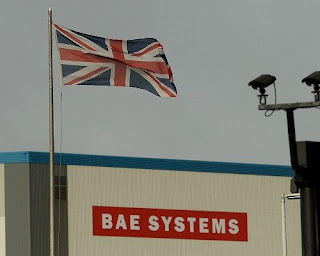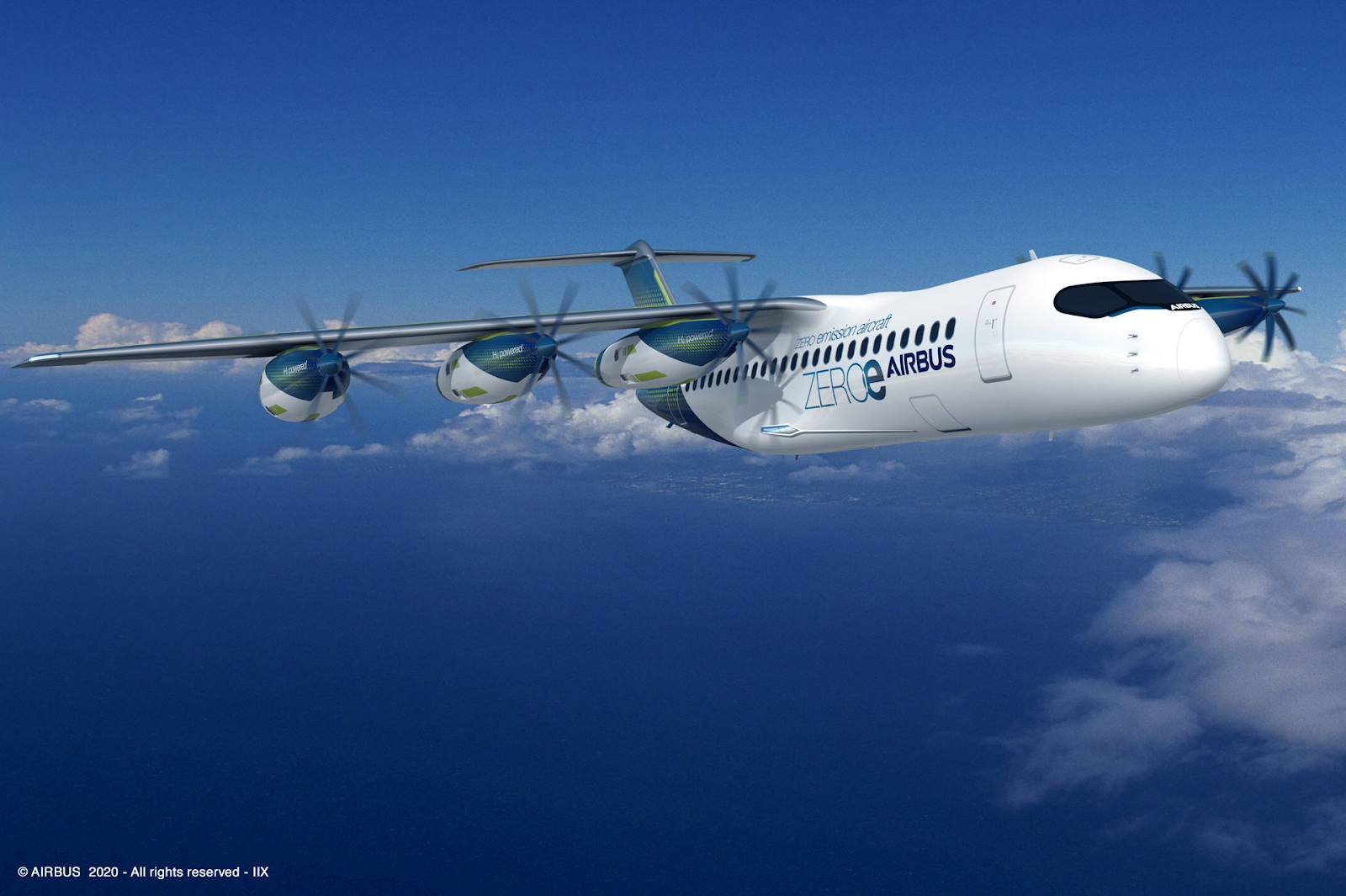Sir George Cayley is considered to be one of the most important people in the history of aeronautics. As an English engineer, inventor and aviator he is viewed as the first scientific aerial investigator. He was one of the first people to understand the principals of flight. Even back in 1799 he founded the concepts of a modern aeroplane in that it needed separate systems for lift, propulsion and control. Regarded as the ‘father of aviation’ his impact is long-lasting and telling.
This is the astronaut Tim Peake. Tim was the first British ESA astronaut to visit the International Space Station, launching on a Soyuz rocket on 15 December 2015 with crewmates Tim Kopra and Yuri Malenchenko. His Principia mission was an eventful and busy six months in space. In the first month, Tim conducted a spacewalk to repair the Station's power supply. Other highlights of his mission saw him drive a rover across a simulated Mars terrain from space and he helped dock two spacecraft. [Ref: https://www.esa.int/Science_Exploration/Human_and_Robotic_Exploration/Astronauts/Timothy_Tim_Peake]
BAE Systems (BAE) is a British multinational arms, security, and aerospace company. Its headquarters are in London and Farnborough in the United Kingdom with operations worldwide. The company is the largest defence contractor in Europe and among the world's largest defence companies; it was ranked as the third-largest based on applicable 2017 revenues.
BAE Systems' first annual report identified Airbus, support services to militaries and integrated systems for air, land and naval applications as key areas of growth. It also stated the company's desire to both expand in the US and participate in further consolidation in Europe. BAE Systems described 2001 as an "important year" for its European joint ventures, which were reorganised considerably. The company has described the rationale for expansion in the US; it is by far the largest defence market with spend running close to twice that of the Western European nations combined.[Ref: BAE Systems - Wikipedia]
BAE Systems' first annual report identified Airbus, support services to militaries and integrated systems for air, land and naval applications as key areas of growth. It also stated the company's desire to both expand in the US and participate in further consolidation in Europe. BAE Systems described 2001 as an "important year" for its European joint ventures, which were reorganised considerably. The company has described the rationale for expansion in the US; it is by far the largest defence market with spend running close to twice that of the Western European nations combined.
British Army Dirigible No 1, christened Nulli Secundus was a Semi-rigid airship. First flown on 10 September 1907, it was Britain's first powered military aircraft. Two flights were made: during the first, the airship was flown for around three miles at a height of about 200 ft. The flight being terminated by an engine fault. A second flight was made later in the day, the propeller blades having been reduced in area in order to increase their speed of revolution.
A more public appearance was made on 5 October, when it was flown from Farnborough to London. Taking off at 11:00 pm and crewed by Capper, Cody and Lieutenant Waterlow, they made a tour over the city, taking in Whitehall and Buckingham Palace, and after circling St Paul's Cathedral, they attempted to return to Farnborough, but 18 mph (29 km/h) headwinds forced them to land at the Crystal Palace, Sydenham. The flight had lasted for 3 hours and 25 minutes and covered 50 miles (80 km) overland.






